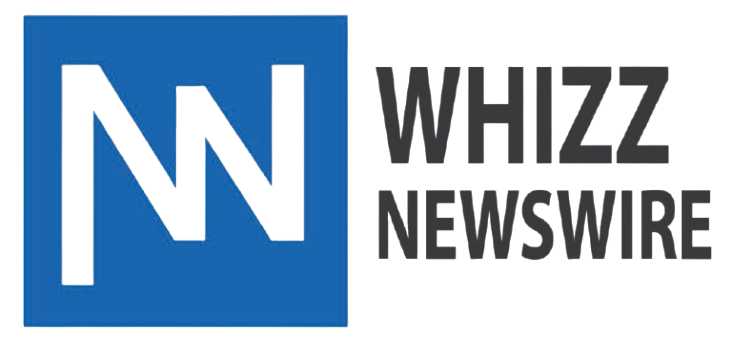Artificial Intelligence (AI) is transforming the way businesses operate. From automating daily tasks to improving customer service, AI offers many benefits. However, like any technology, it comes with environmental costs — mainly high energy consumption and water usage for cooling powerful servers.
So, how can businesses enjoy the advantages of AI while reducing its environmental impact? The answer lies in using AI wisely and responsibly. This guide will show you how to implement AI in your business in a way that supports both growth and sustainability.
The Environmental Impact of AI
AI systems require a lot of computing power. Whether generating images, processing data, or running chatbots, the energy demands are high. These systems also need massive cooling, which uses large amounts of water. For example, a single AI interaction can use the same amount of water as a 16-ounce bottle — and that’s just for one task.
As the demand for AI grows, so does its environmental footprint. Completely avoiding AI isn’t a realistic option in today’s competitive market. Instead, businesses should focus on using AI with purpose and care.
Create an AI Policy for Smart Usage
A great first step is to develop a clear AI policy for your organization. This policy should explain when it’s okay to use AI and when it’s better to avoid it. Your guidelines should reflect your company’s values, goals, and environmental responsibilities.
An AI policy helps your team:
- Make thoughtful decisions about when to use AI
- Avoid unnecessary use that harms the environment
- Stay aligned with legal and ethical standards
Best Use Cases for AI in Business
1. Boosting Efficiency in Daily Operations
AI is best used where it can save time and reduce human error. For example, data entry is a task where mistakes are common — but AI can handle it faster and more accurately. By taking care of repetitive and manual tasks, AI frees up your team to focus on more valuable work.
Tip: Use AI for automating tasks like scheduling, invoice processing, and basic reporting to improve productivity without wasting resources.
2. Enhancing Customer and Team Experience
Customers today expect fast, personalized service. AI-powered tools like chatbots and smart FAQs help businesses meet these demands quickly and efficiently.
On the employee side, AI can streamline communications, manage schedules, and reduce time spent in unnecessary meetings — all of which can improve job satisfaction and team morale.
Example: Use AI to analyze customer feedback and provide suggestions for improvement or personalization.
When to Avoid Using AI
Not all tasks need AI. In fact, overusing AI can harm both your team’s development and the planet.
1. Don’t Use AI for Entertainment or Unnecessary Tasks
Creating images, videos, or content just for fun may seem harmless, but it uses energy and water unnecessarily. Stick to using AI when it adds real value to your business or operations.
Avoid: Using AI to generate designs, slides, or graphics that can be done easily using templates or manual tools.
2. Avoid AI in Emotionally Sensitive Situations
AI lacks emotional intelligence. It might respond inappropriately in sensitive situations that require a human touch.
Example: Handling employee feedback, client complaints, or mental health conversations should always be left to real people.
3. Don’t Replace Human Learning with AI
AI is a great tool — but it’s not a replacement for human skill. Let your employees learn and master tasks before handing them over to AI.
Case in Point: A junior doctor should learn how to read medical scans manually before relying on AI tools. Experience builds skill — and skill builds trust.
Train Your Team for Responsible AI Use
Your team should understand when AI is helpful and when it’s not. Provide training on:
- The environmental cost of AI
- Tasks that should or shouldn’t be automated
- How to use AI tools efficiently
This helps avoid misuse and promotes a more sustainable working culture.
Stay Updated and Adjust Regularly
The world of AI is evolving fast. New tools are being introduced, and environmental data is constantly being updated. Make it a habit to:
- Monitor how your company is using AI
- Stay informed about the environmental impact of AI tools
- Review and update your AI policy every few months
Smart AI Use Is the Future
AI is here to stay, but so is the need for sustainability. By using AI only when it adds real value, you can protect the environment, empower your team, and stay competitive.
Remember: The goal is not to reject AI — it’s to use it responsibly. With a clear strategy, ongoing training, and a focus on impact, your business can enjoy the benefits of AI without contributing to unnecessary environmental harm.
For similar content visit here




